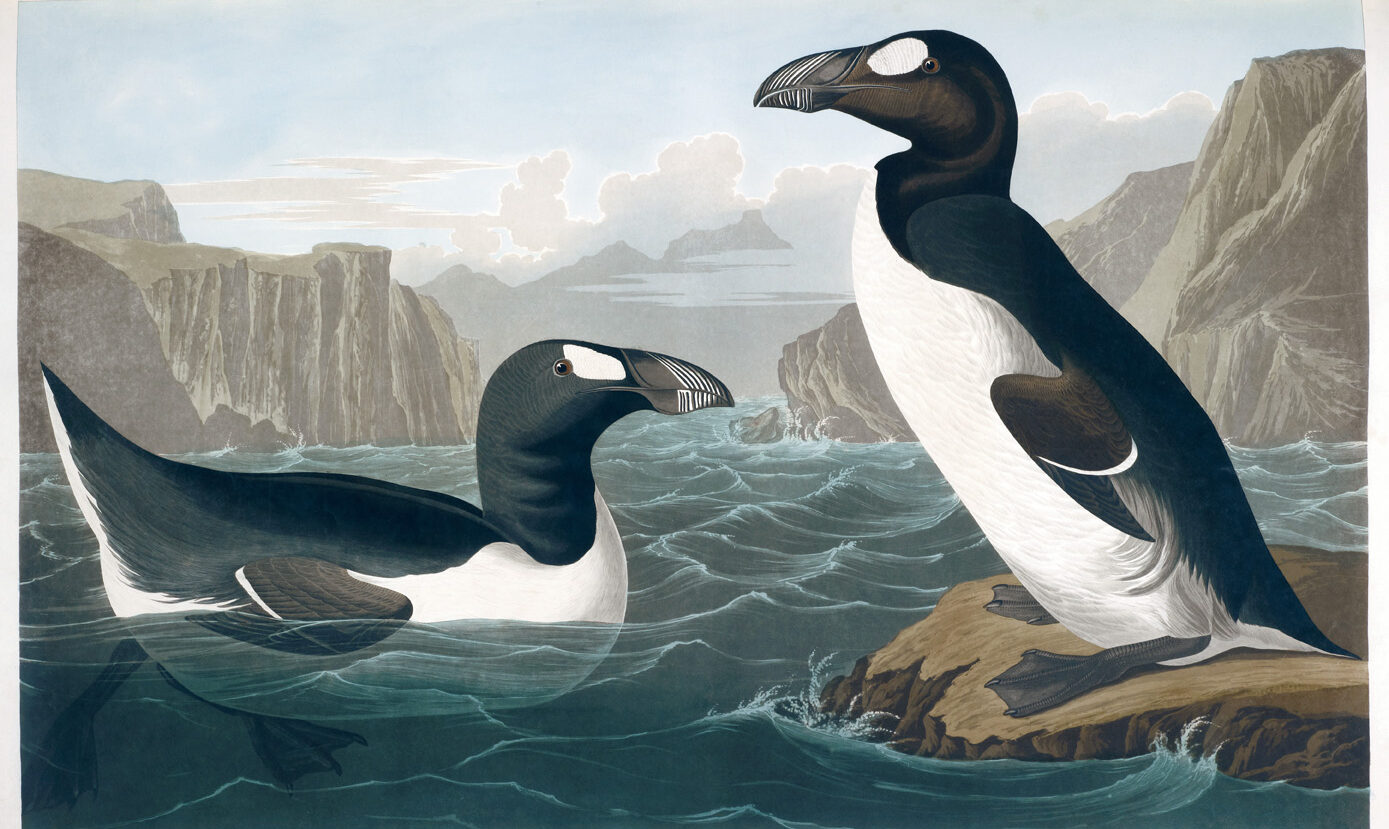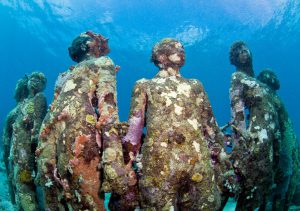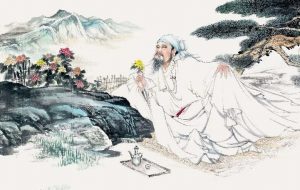“Remarkable Birds” is a beautiful compendium of illustrations showcasing 60 of the world’s 10,000 bird species and our relationship with them. Scientist and naturist Mark Avery presents pictures from a wide range of books, prints and original drawings along with a treasure trove of bird related trivia and mythology.
Avery describes the remarkable talents of birds: from the skillful hunting of the Harpy Eagle, a rainforest predator of monkeys and sloths; the tiny Hummingbird that flies over 10,000-kilometre in an arduous winter migration; to the aggressive mating rituals of the male Cock-of-the-Rock from South America.
The book also serves as a memorial for those species lost to extinction; the iconic Dodo and flightless Giant Moas, hunted by the human colonists of New Zealand centuries ago, while highlighting the plight of species now under threat, such as the Calofornian Condor – the world’s largest bird with its massive three-metre wingspan. These illustrations will give you a small taste of the book, we hope you enjoy.









Remarkable Birds by Mark Avery is published by Thames & Hudson







